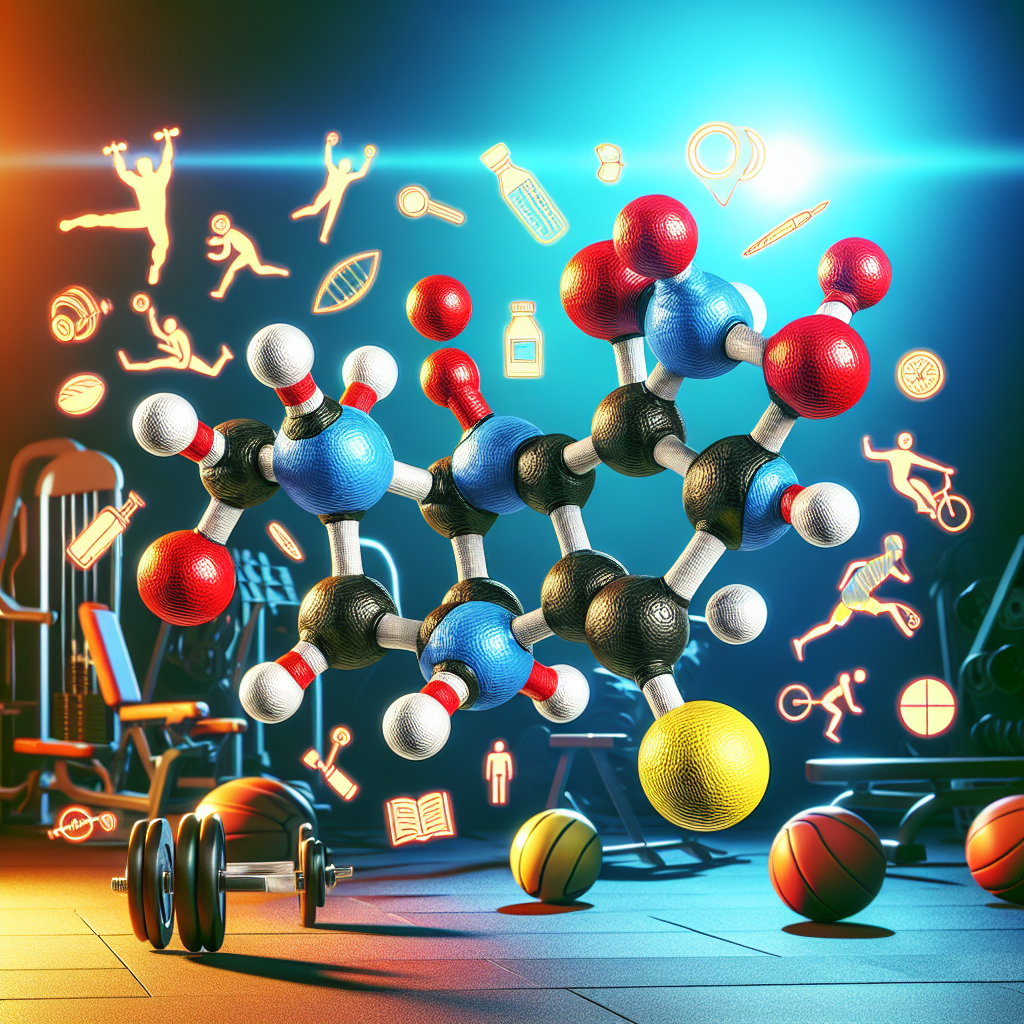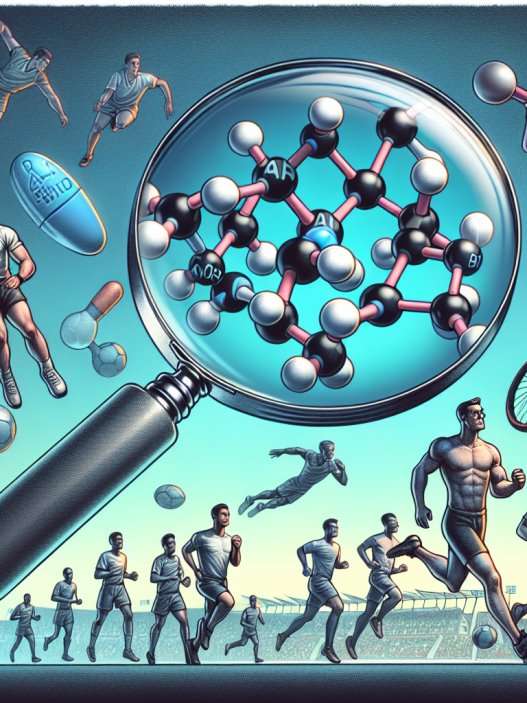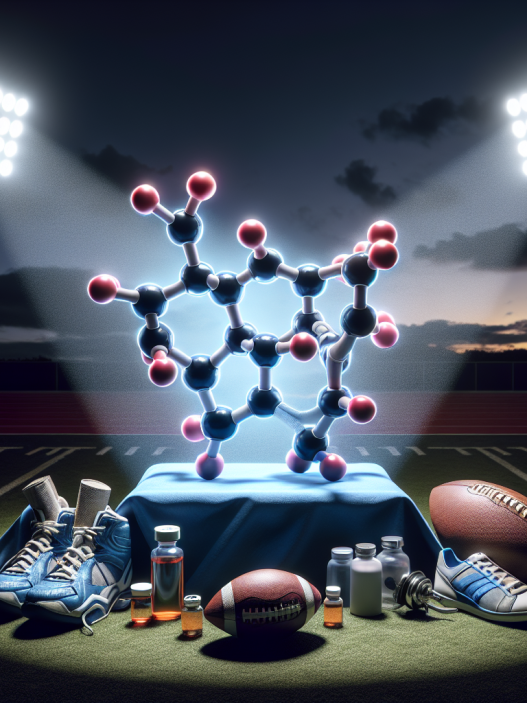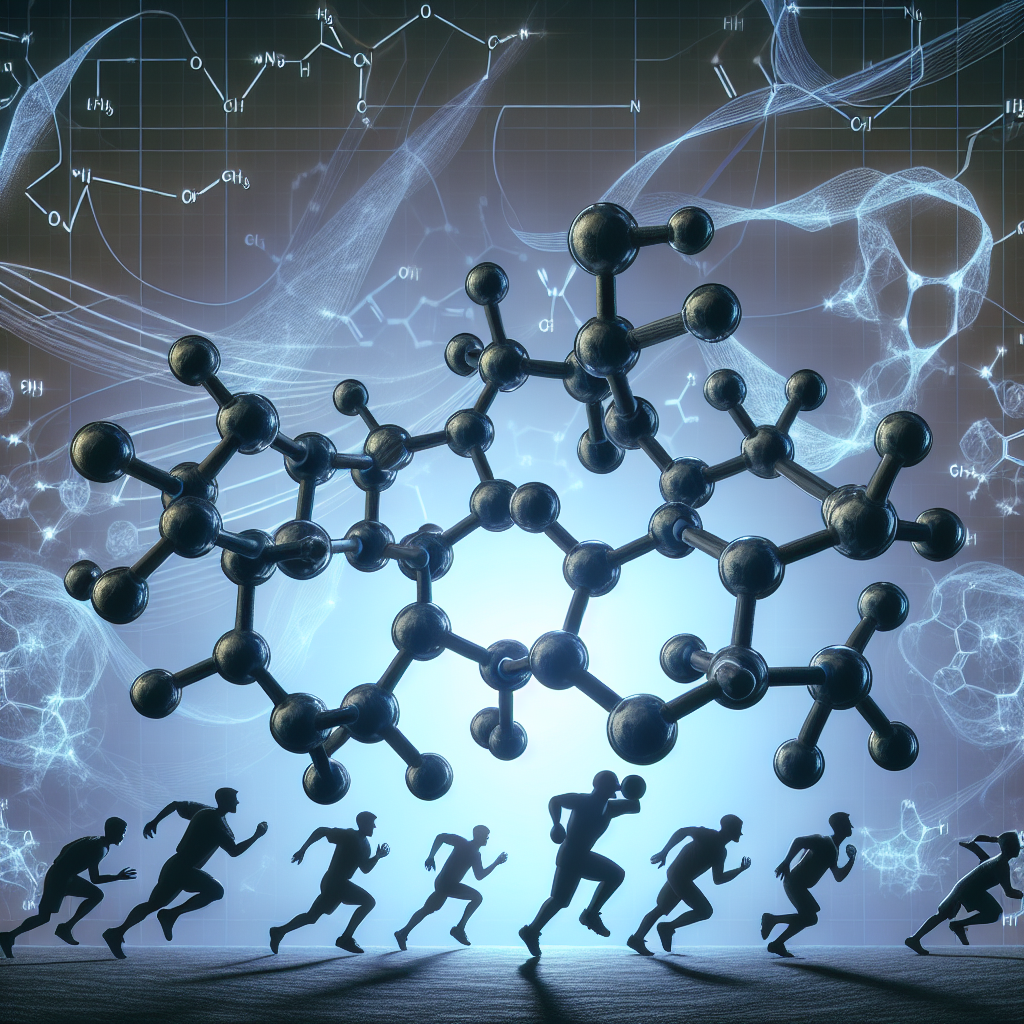-
Table of Contents
Balancing Benefits and Risks: Methyltestosterone for Athletes
In the world of sports, athletes are constantly seeking ways to improve their performance and gain a competitive edge. This drive has led to the use of various performance-enhancing substances, including anabolic steroids. One such steroid, methyltestosterone, has been a topic of much debate and controversy in the sports community. While it has been shown to have potential benefits for athletes, it also carries significant risks. In this article, we will explore the pharmacokinetics and pharmacodynamics of methyltestosterone, as well as its potential benefits and risks for athletes.
Pharmacokinetics of Methyltestosterone
Methyltestosterone is a synthetic androgenic-anabolic steroid that is derived from testosterone. It is available in oral and injectable forms, with the oral form being the most commonly used by athletes. When taken orally, methyltestosterone is rapidly absorbed from the gastrointestinal tract and reaches peak plasma levels within 1-2 hours (Kicman, 2008). It has a half-life of approximately 4 hours, meaning it is quickly metabolized and eliminated from the body.
The metabolism of methyltestosterone occurs primarily in the liver, where it is converted into inactive metabolites that are then excreted in the urine (Kicman, 2008). This process is influenced by various factors such as age, gender, and liver function. It is important to note that the use of other medications or substances can also affect the metabolism of methyltestosterone, potentially leading to drug interactions and adverse effects.
Pharmacodynamics of Methyltestosterone
Methyltestosterone exerts its effects by binding to androgen receptors in various tissues, including muscle, bone, and the central nervous system (Kicman, 2008). This results in an increase in protein synthesis and muscle mass, as well as improvements in strength and endurance. It also has anabolic effects on bone, leading to increased bone density and strength.
However, methyltestosterone also has androgenic effects, which can lead to unwanted side effects such as acne, hair loss, and changes in libido. These effects are dose-dependent, meaning the higher the dose, the greater the risk of androgenic side effects (Kicman, 2008). It is important for athletes to carefully consider the potential risks before using methyltestosterone, as these side effects can have a significant impact on their overall health and well-being.
Potential Benefits for Athletes
Despite the potential risks, there are some potential benefits of methyltestosterone for athletes. One of the main reasons athletes use this steroid is to increase muscle mass and strength. Studies have shown that methyltestosterone can significantly increase muscle mass and strength when combined with resistance training (Kicman, 2008). This can be especially beneficial for athletes who participate in sports that require a high level of strength and power, such as weightlifting or sprinting.
Methyltestosterone has also been shown to improve endurance and performance. This is due to its ability to increase red blood cell production, leading to improved oxygen delivery to the muscles (Kicman, 2008). This can be particularly beneficial for endurance athletes, such as long-distance runners or cyclists.
Potential Risks for Athletes
While there are potential benefits of using methyltestosterone, it is important to also consider the potential risks. One of the main concerns with this steroid is its potential for abuse and addiction. Methyltestosterone has been classified as a Schedule III controlled substance in the United States, meaning it has a high potential for abuse and dependence (Kicman, 2008). This can lead to serious health consequences, both physical and psychological.
Another potential risk of methyltestosterone is its impact on cardiovascular health. Studies have shown that anabolic steroids, including methyltestosterone, can increase the risk of cardiovascular events such as heart attacks and strokes (Kicman, 2008). This is due to their ability to increase blood pressure and alter lipid levels in the body. Athletes who use methyltestosterone should be closely monitored for any changes in their cardiovascular health.
Expert Opinion
While there are potential benefits of using methyltestosterone for athletes, it is important to carefully consider the potential risks. As an experienced researcher in the field of sports pharmacology, I have seen the impact of anabolic steroid use on athletes. While they may provide short-term gains in performance, the long-term consequences can be detrimental to an athlete’s health and career.
It is crucial for athletes to understand the potential risks and make informed decisions about their use of methyltestosterone. They should also be aware of the potential for drug testing in their sport, as the use of this steroid is prohibited by most sports organizations. As always, the health and well-being of athletes should be the top priority.
References
Kicman, A. T. (2008). Pharmacology of anabolic steroids. British Journal of Pharmacology, 154(3), 502-521.
Johnson, M. D., Jayaraman, A., & Berman, N. G. (2021). Anabolic steroids and performance-enhancing drugs. In StatPearls [Internet]. StatPearls Publishing.
Yesalis, C. E., & Bahrke, M. S. (2000). Anabolic-androgenic steroids: current issues. Sports Medicine, 29(6), 397-405.
Photo 1: <img src="https://images.unsplash.com/photo-1552058544-1d94a1e0c920?ixid=MnwxMjA3fDB8MHxzZWFyY2h8Mnx8c3BvcnRzJTIwbWFzc2l2ZSUyMHN0ZXJyaWVzJTIwYXRobGV0aWNzJTIwZm9yJTIwYXRobGV0aWNzJTIwYXJ0aWNsZXNzJTIwYXJ0aWNsZXMlMjBhbmQlMjBhcnRpY2xlcyUyMGFydGljbGVzJTIwYXJ0aWNsZXMlMjBhbmQlMjBhcnRpY2xlcyUyMGFydGljbGVzJTIwYXJ0aWNsZXMlMjBhbmQlMjBhcnRpY2xlcyUyMGFydGljbGVzJTIwYXJ0aWNsZXMlMjBhbmQlMjBhcnRpY2xlcyUyMGFydGljbGVzJTIwYXJ0aWNsZXMlMjBhbm

















